When it comes to medium format cameras, there are two formats that I’ve always been drawn to, the iconic 6×6 square and the slightly smaller 6×4.5 or 645. I’ve run with a Pentax 645 and more recently the Mamiya m645. I have shot with other medium format cameras, 6×9, 6×7, and 6×8 and even larger exposure sizes. But I keep on coming back to 645; it’s great for everyday shooting and gives you that larger image size than 35mm. But the cameras are often bulky unless you go with a folder. But what about the best of both worlds? Enter the Fujifilm GA645Zi, the third version of the GA645 series from Fuji and the zoom lens. While far from perfect, it was on the shortlist when I was looking at bringing a medium format camera to Europe in 2015. While not a small camera by any stretch, it is fairly compact for what it is and does. Thanks to James Lee for loaning the camera out for a review!
Camera Specifications
Make: Fujifilm
Model: GA645Zi
Type: Point-And-Shoot
Format: 120/220, 6×4.5
Lens: Fixed, Super-EBC Fujinon 1:4.5-6.9 f=55-90mm
Shutter: Electronic Inter-Lens Shutter, 1/700 – 2″ + Bulb
Meter: Centre-Weighted SPD, EV3 ~ EV19 @ ASA-100, ASA-25 – ASA-1600
Autofocus: Hybrid Active/Passive IR focusing, ∞ – 1.0m
Year of Manufacture: 1998
Background
Fujifilm’s G-Series of cameras grew out of the growing tourist industry in Japan. While Fuji had never been a major part of the growing camera industry in post-war Japan, they produced an excellent line of cameras into the 1960s and 1970s, usually under the Fujica brand name. But many of these were 35mm, and the need for a larger negative for better quality images as needed. Banking on the larger negative size from 120/220 film, their first 6×7 rangefinder with interchangeable lenses, the GM670, was first released in 1968. Others quickly followed using various other negative sizes that you can get with medium format roll films, the iconic Texas Leica, or the 6×9 offering. These were excellent cameras because they offered a similar experience to the fixed and interchangeable 35mm rangefinders in a bigger format. But these cameras were also large and could be unwieldy, so in the 1980s, Fuji added a new negative size to their lineup, the GS645 series. As the name indicated, the camera shot in the 6×4.5 format allowing the photographer sixteen frames per roll of 120 (double with 220) but still provided a negative larger than 35mm. The initial offering of the GS645 came equipped with a 75mm f/3.5 lens and a built-in light meter and rangefinder focusing. The lens itself is mounted on a bellows to present a modern folding camera. While the camera did have a meter, it was not coupled but did allow the user to set the exposure manually. A second version, the GS645W, came with a wide-angle 45mm lens but lacked the rangefinder, so it was scale focus. A second version, the GS645W, returned the idea of a rangefinder but with a 60mm lens. In 1995 the GS645 series upgraded with the GA645 and GA645W; these were auto-exposure and auto-focus, which brought the camera series into the modern era. The GA645 featured a 60mm lens and the GA645W a 45mm lens and moved to a full rigid body without any folding parts. Fuji improved the camera’s ergonomics, metering, and focusing systems releasing the GA645i and GA645Wi in 1997, which each featured the same lenses as before. But these both were fixed focal length cameras, so in 1998 Fuji released their first and only zoom lens model of the GA645 series, the GA645Z I which comes with a 55-90mm zoom lens with four different focus points, 55, 65, 75, and 90 and unlike the past offerings the GA645Zi came not in black but a beautiful metallic champaign colour. However, a black version was released in 1999.




Impressions
If you’re familiar with the Japanese camera industry of the 1990s, you’ll quickly realise that the GA645Zi follows that same design aesthetic of the premium compact cameras coming from Kyocera under names like Yashica and Contax. And the GA645Zi certainly reminds me in many ways of the Contax G2. While these cameras were also available in black, personally, I prefer this champaign/metallic colouration. Despite being big, the camera itself fits well in hand; the added grip on the one side with the shutter release at an angle reminds me of the vertical grip on the VC-9 for the Maxxum 9. The mode dial doubles as your on/off switch, and there is a functional lock to prevent accidental power on or off and mode switch. The dial also acts as the means to set the ISO, not the best choice in my view, but it is on the opposite side of the off position from the modes. There is also a single command dial that allows you to help load the film and adjust settings; the dial does everything depending on the mode (adjusting exposure settings, manually focusing the camera, et al.). The weak point for the camera is the rear LCD screen; in the example I reviewed, several elements were starting to fade but eventually warmed up with use, but it did make the setting that initial ISO difficult, which may lead to mis-exposed frames. The zoom lens toggle is well placed but irregularly labelled, so you often don’t know which way to toggle it to zoom in or out. The one nice touch is that the GA645Zi, despite being modern, uses a standard mechanical cable release. The viewfinder is bright with plenty of information, including exposure settings, frame lines, and a centre mark to help point out your focus point and metering point.

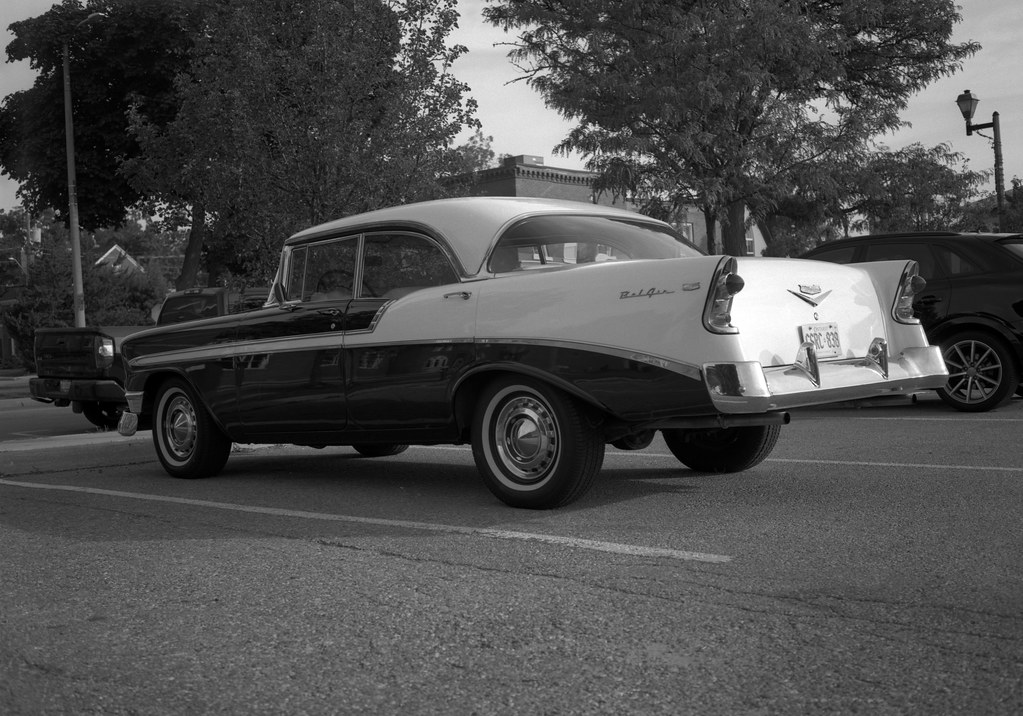


Experiences
If you’re looking for a fast camera, you’ve come to the wrong one. Despite everything, the GA645Zi is a slow camera in many aspects. Thankfully the loading film is not one of them. The spools are secured in place, and small red buttons will release the lower stands, allowing you to remove and install the new roll of the film easily. Pull the leader across, insert it into the take-up spool, then use the command dial to advance. You will want to apply slight pressure on the backing paper making sure not to pressure the shutter curtain. Settle your finger to the left of the take-up spool cavity with your left hand and use your right to give the command dial a couple of turns. This will ensure proper tension is applied before you close the film door preventing ‘fat’ rolls. You also do not have to advance it to an arrow point; once you have the film wound slightly onto the take-up spool, close the door, press the shutter release, and the camera automatically advances to the first frame. Like other 645 cameras of this type, the native orientation is a portrait, and the camera is most comfortable and optimized for being held in this position. Thankfully you can run it easily in landscape orientation without being too uncomfortable; make sure to have that shutter button at the top when being held for the best comfort. In the field, the biggest weakness in the camera is the autofocus system; using a hybrid active/passive IR system does tend to hunt for focus or miss-focus in some cases. Best to have that centre target on the subject first, then recompose. The viewfinder is bright, offering up an indicator for the camera’s focus, a centre target point for both focusing and metering, as well as bright lines for assistance in composition. It also zooms in and out with the lens, making it easier to compose at the current focal length. You also will see the exposure settings for both aperture and shutter speed. I only ran the camera in full program mode, but it will give you a selection of your set aperture or shutter speed in the semi-automatic modes. There is also a certain lag for the camera to lock onto the focus when you half-press the release and another lag from full press to the camera taking the photo. The zoom is also fairly slow to extend or retract the lens. The one nice feature with the camera is that it will imprint all the image values on the negative rebate if you so choose, visual EXIF data! You can choose if you want this data recorded or not using the ‘data’ button on the back of the camera. Despite this, the camera is fairly easy to operate in the field, and what impressed me is that it takes a standard mechanical cable release.




Optics
The functionality of the camera isn’t the only slow aspect of the camera. The lens is equipped with a Super-EBC Fujinon lens; the optical quality is nothing to turn up one’s nose towards. I’ve used plenty of Fujinon glass from their large format to 35mm offerings, and these are superb lenses with excellent optical construction and image quality. And for a medium format point-and-shoot, this is an excellent lens. With focal lengths between 55mm and 90mm, it gives you a basic ‘kit’ style zoom lens for the camera, and it has the aperture range to match; at 55mm, the maximum aperture is f/4.5, but once you hit 90mm, you’re at f/6.9. Not exactly what you find in an average kit lens for the 35mm format. However, don’t let that stop you from using the camera; despite the slow lens, the optical quality is excellent, with sharp images at any aperture with a wonderful rendering of the out-of-focus elements. There’s no fall-off at wide-open apertures, and the lens does not flare when faced with indirect light. The coating renders both colour and b&w films well with good contrast.
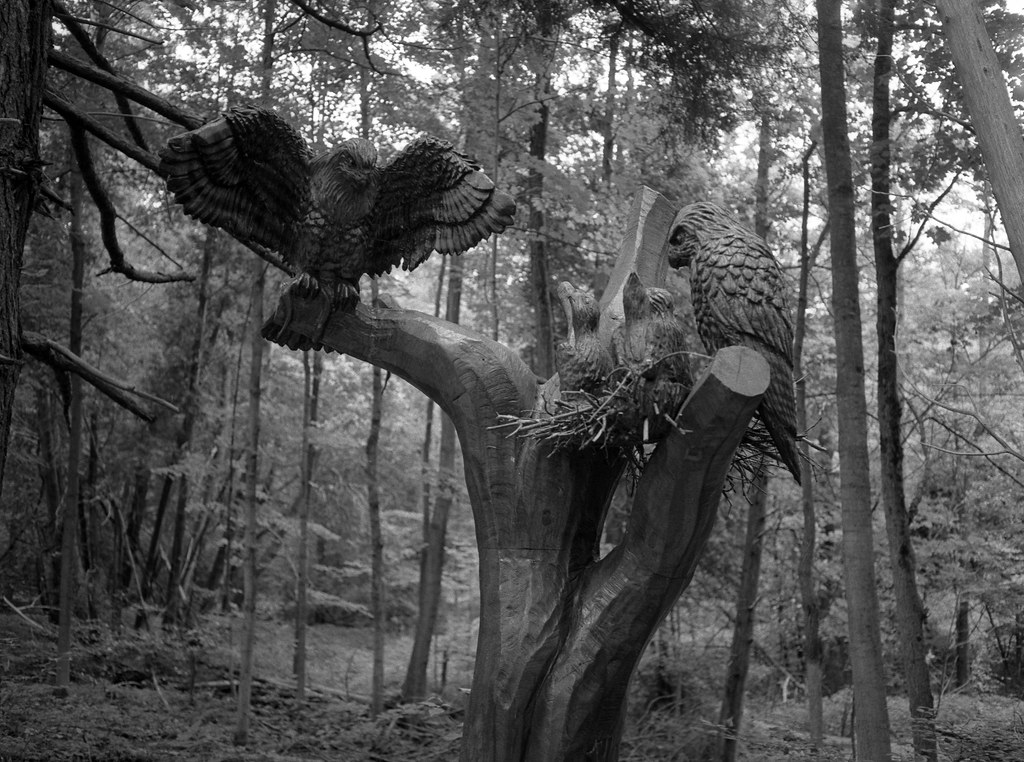

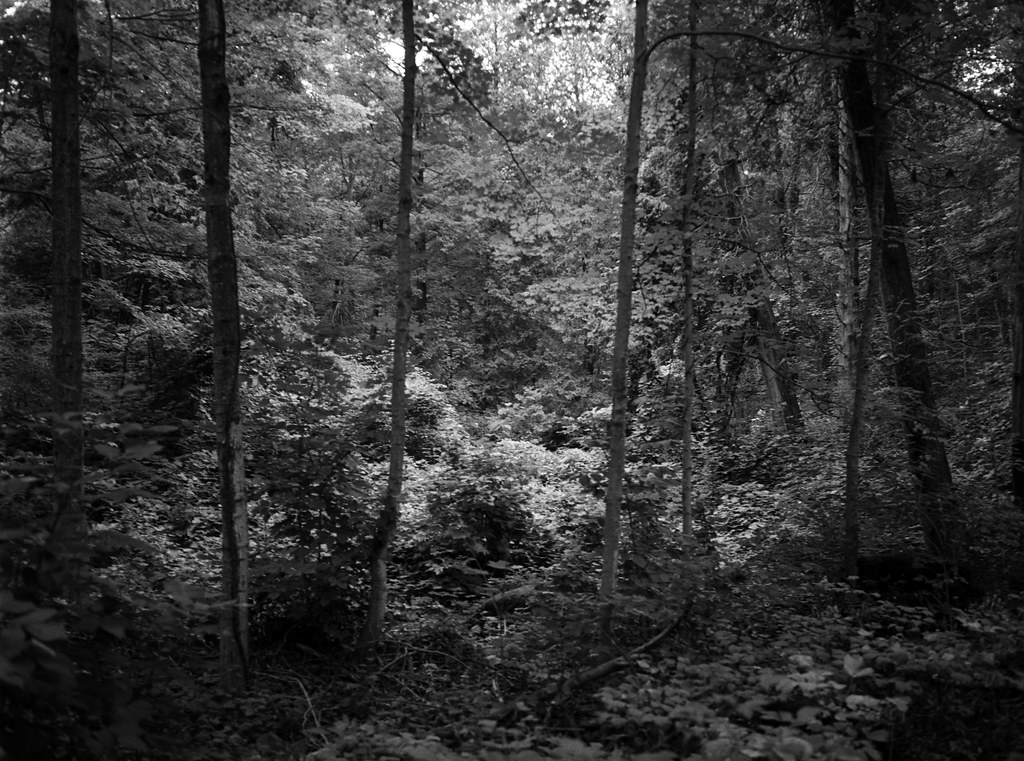
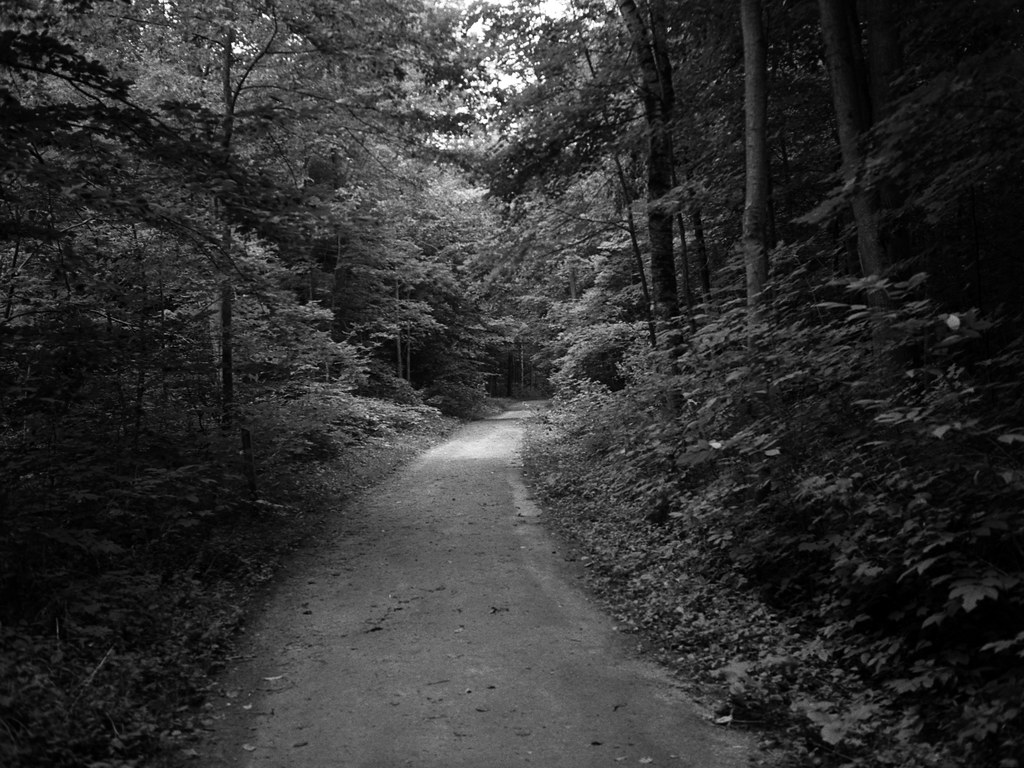
Lowdown
While this is far from a perfect camera, the GA645Zi is a solid performing camera. A good option if you want that big 645 negatives and have space constraints. The GA645Zi will give you all of this in a compact camera, and the zoom lens will allow you to have a basic ‘kit lens’ setup without needing to juggle separate lenses and no need to include an external meter. The camera does take CR123A batteries, so if you are taking it out into the backwoods, take a couple of spares. But these cameras are far from cheap; you’re going to be paying between 1,700 to 2,300 on the used market. And it would be best to buy one from a Japanese seller where these cameras were mainly sold. Also, make sure that the camera is functional, as they are difficult if not impossible to repair. I’ll admit, I like the GA645Zi, but not enough to drop that much money, so I’ll stick to my Mamiya m645.
Further Reading
Don’t just take my word on the GA645Zi, you can check out the reviews by other awesome camera reviewers!
Emulsive – Fujifilm GA645Zi Review
Photo Jottings – Fuji GA645Zi 55mm-90mm Review
Shoot It With Film – A Comprehensive Review of the Fuji GA645
FilmPhotography.Blog – First thoughts on the Fujifilm GA645Zi
theWSreviews.com – Fujifilm GA645Zi
Dante Stella – Fuji GA645 family of autofocus 6×4.5 cameras
Nick Carver – Fuji GA645Zi Archives
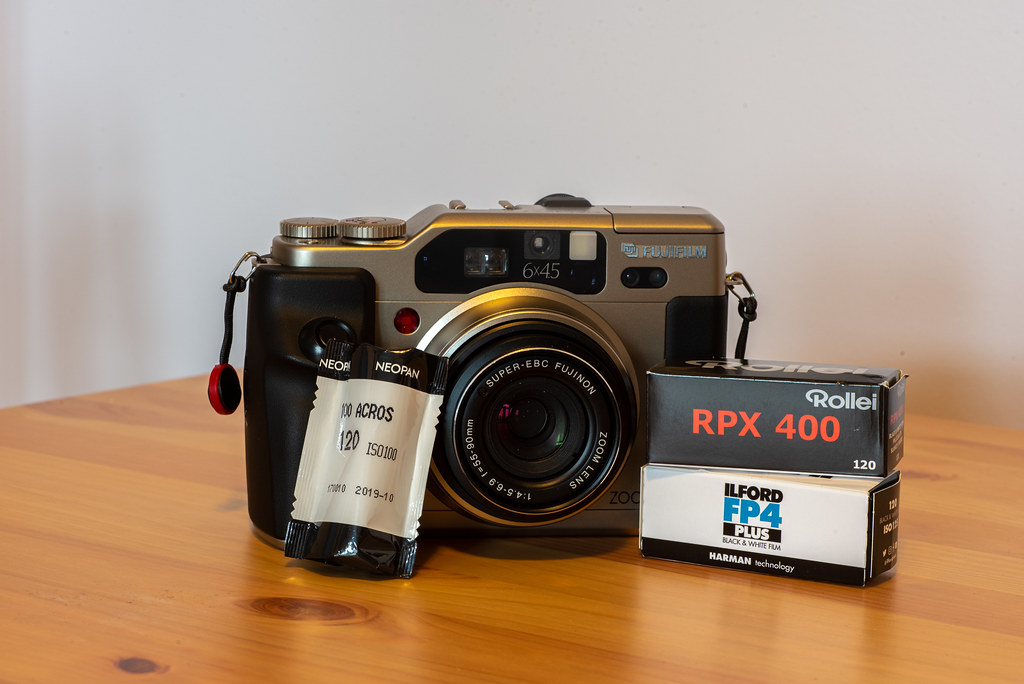

Thanks for the review, I’m expecting mine tomorrow. Can’t wait! 🙂
Have fun!